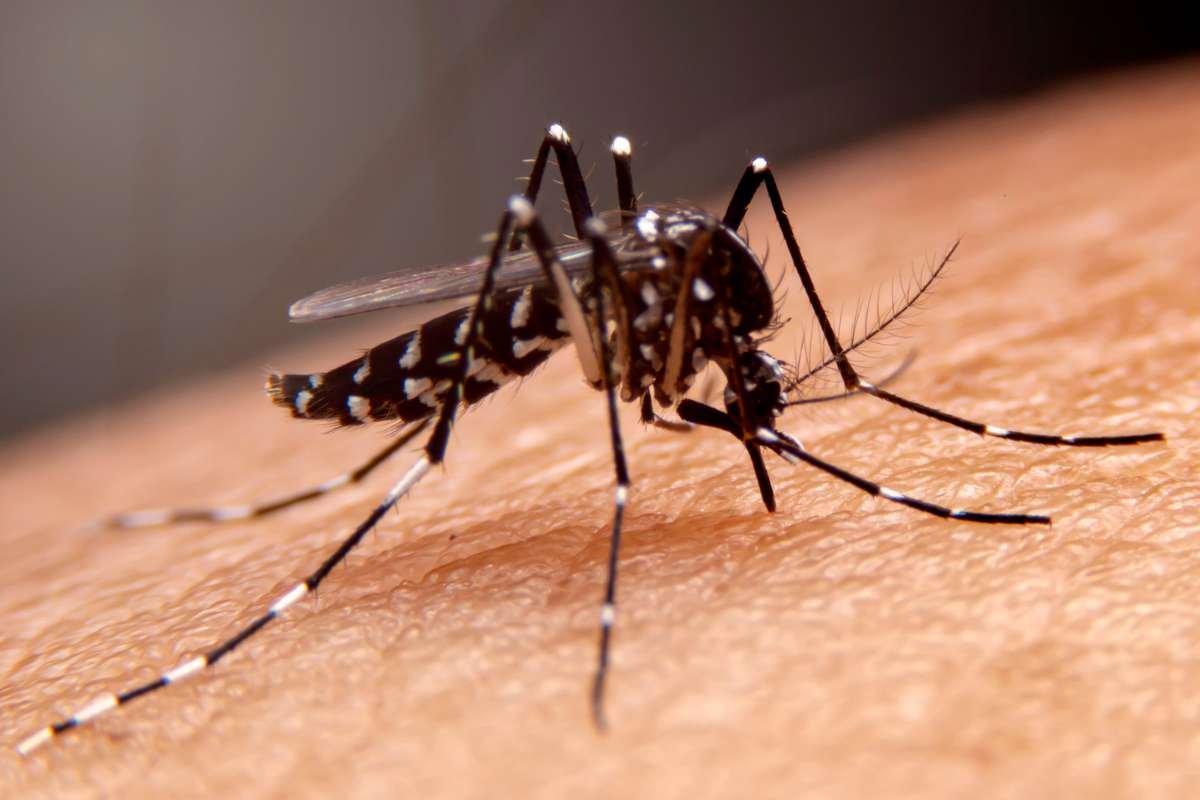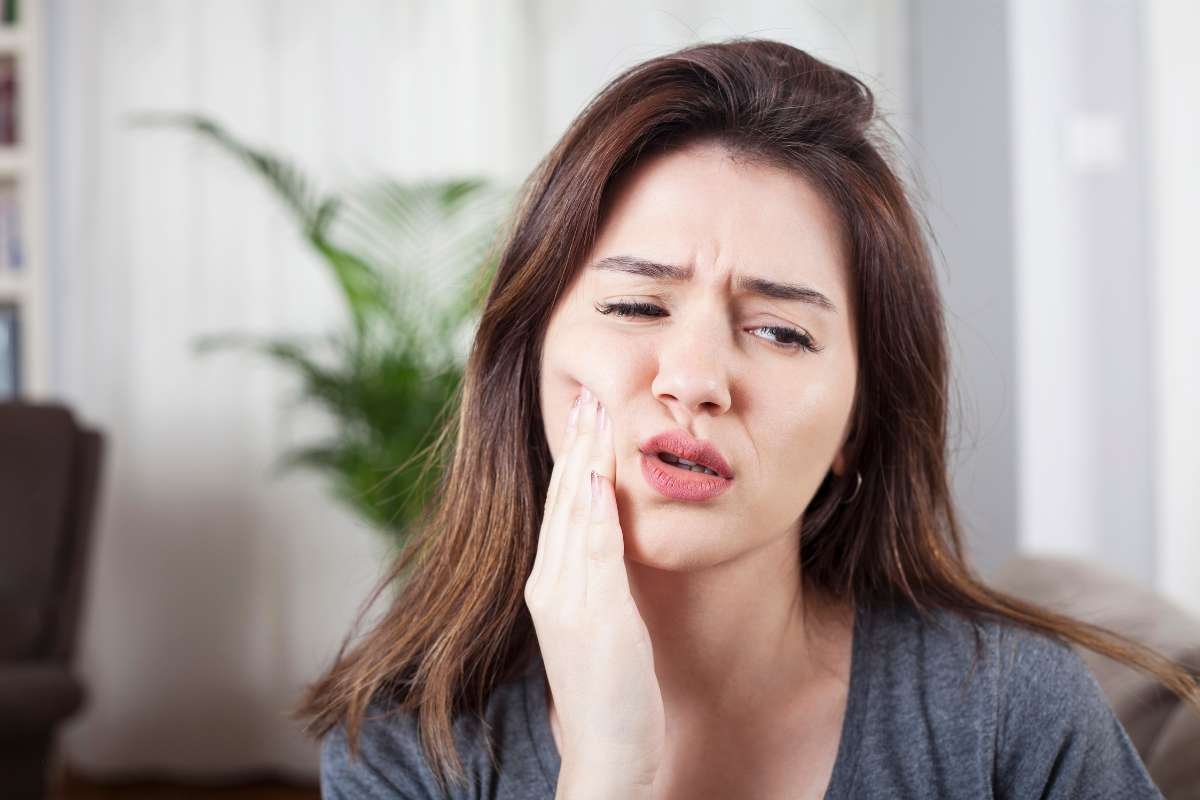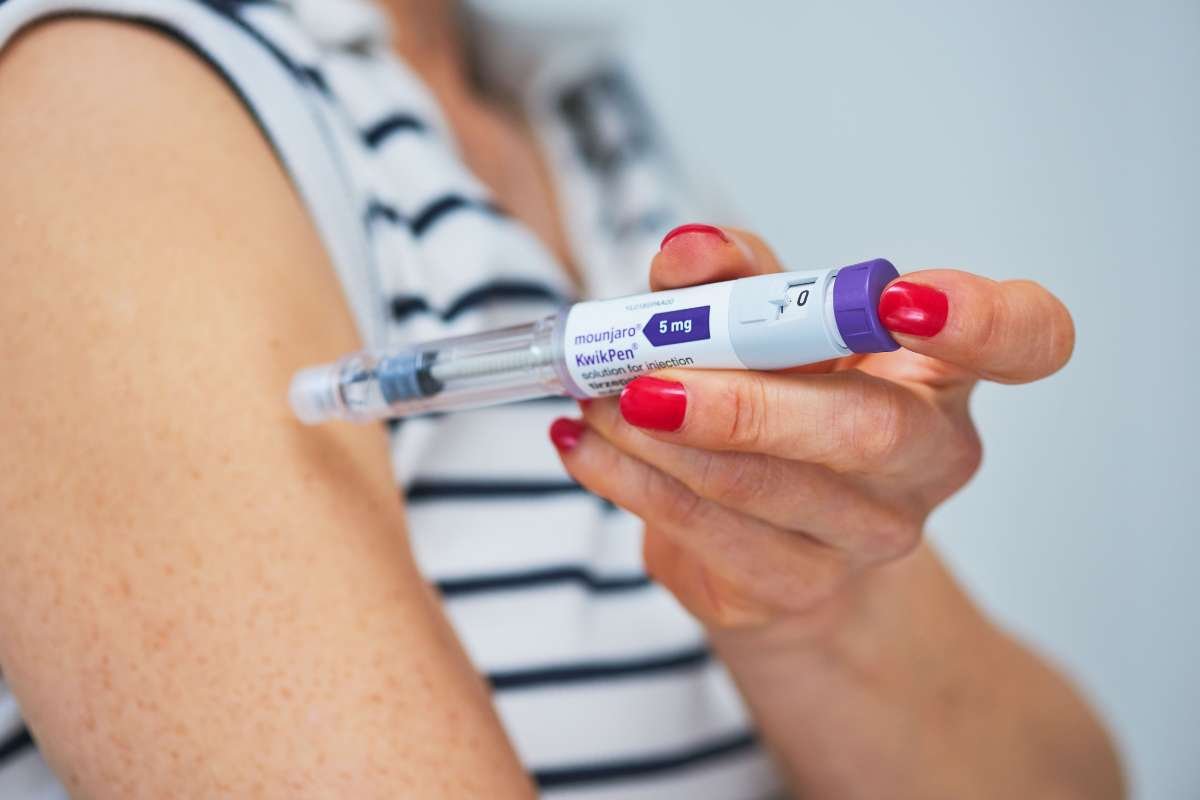In the realm of dermatology, there are various skin conditions that can impact individuals’ quality of life. One such condition that often goes undiscussed is Vulgaris Pemphigus. Despite its uncommon name, understanding this ailment is crucial for those affected and for medical professionals alike. In this comprehensive guide, we delve into the depths of Vulgaris Pemphigus, exploring its symptoms, causes, and available treatment options.
What is Vulgaris Pemphigus?
Vulgaris Pemphigus, also known as pemphigus vulgaris, is a rare autoimmune disorder characterized by the formation of blisters and sores on the skin and mucous membranes. These blisters can be painful and prone to rupture, leading to open wounds that are susceptible to infection. The condition is caused by autoantibodies attacking proteins that maintain the integrity of the skin and mucous membranes, leading to their breakdown.
Symptoms of Vulgaris Pemphigus
The symptoms can vary from person to person but often include:

- Painful blisters on the skin, typically starting in the mouth or on the scalp.
- Blisters that rupture easily, leaving behind raw, painful sores.
- Difficulty eating or swallowing due to mouth sores.
- Blisters and sores on other mucous membranes, such as the genitals or eyes.
- Itching and burning sensations around the affected areas.
It’s essential to note that symptoms may come and go, with periods of remission followed by flare-ups of the condition.
Causes of Vulgaris Pemphigus
The exact cause of Vulgaris Pemphigus is not fully understood, but it is believed to be an autoimmune disorder. In autoimmune disorders, the body’s immune system mistakenly attacks its tissues, in this case, the skin and mucous membranes. Research suggests that genetic factors may predispose certain individuals to develop the condition, and environmental triggers, such as certain medications or infections, may play a role in triggering its onset.
Diagnosing Vulgaris Pemphigus
Diagnosing Vulgaris Pemphigus can be challenging, as its symptoms can mimic those of other skin conditions. A dermatologist will typically perform a physical examination and may take a biopsy of the affected skin or mucous membranes to confirm the diagnosis. Blood tests may also be conducted to look for specific autoantibodies associated with the condition.
Treatment Options for Vulgaris Pemphigus

While there is currently no cure for Vulgaris Pemphigus, several treatment options are available to manage its symptoms and prevent complications. These may include:
- Corticosteroids: Oral or topical corticosteroids are often prescribed to reduce inflammation and suppress the immune response.
- Immunosuppressive drugs: Medications such as azathioprine or mycophenolate mofetil may be used to suppress the immune system’s activity and reduce blister formation.
- Rituximab: This biologic drug targets specific immune cells involved in the development of it and may be used in severe cases that do not respond to other treatments.
- Intravenous immunoglobulin (IVIG): IVIG infusions may help modulate the immune response and reduce blister formation.
In addition to medical treatments, it’s essential for individuals to practice good skin care and hygiene to prevent infections and promote healing. Avoiding known triggers, such as certain medications or foods, may also help reduce the frequency and severity of flare-ups.
Living with Vulgaris Pemphigus
Living with Vulgaris Pemphigus can be challenging, both physically and emotionally. The condition can cause significant discomfort and may impact daily activities such as eating, drinking, and socializing. It’s essential for individuals with Vulgaris Pemphigus to seek support from healthcare professionals, support groups, and loved ones to cope with the challenges they may face.
Vulgaris Pemphigus is a rare autoimmune disorder characterized by the formation of painful blisters and sores on the skin and mucous membranes. While there is no cure for the condition, various treatment options are available to manage its symptoms and improve quality of life. By understanding the symptoms, causes, and treatment options, individuals affected by the condition can take control of their health and seek the support they need to thrive.
Importance of Early Detection and Management
Early detection and management of Vulgaris Pemphigus are crucial for minimizing its impact on individuals’ lives. Prompt diagnosis allows for timely initiation of treatment, which can help prevent complications such as infection and scarring. Additionally, early intervention may help reduce the severity and frequency of flare-ups, improving overall quality of life for those affected by the condition.

It’s essential for individuals experiencing symptoms of Vulgaris Pemphigus, such as painful blisters or sores on the skin or mucous membranes, to seek medical attention promptly. A dermatologist or other healthcare professional can perform the necessary tests to confirm the diagnosis and recommend an appropriate treatment plan.
In addition to medical treatment, individuals with Vulgaris Pemphigus can take steps to manage their condition and minimize its impact on their daily lives. This may include:
- Practicing good skincare: Keeping the skin clean and moisturized can help prevent infection and promote healing of blisters and sores.
- Avoiding known triggers: Identifying and avoiding triggers that can exacerbate Vulgaris Pemphigus symptoms, such as certain medications or foods, may help reduce the frequency and severity of flare-ups.
- Seeking support: Living with a chronic condition like Vulgaris Pemphigus can be challenging, both physically and emotionally. Seeking support from healthcare professionals, support groups, and loved ones can help individuals cope with the challenges they may face.
Conclusion
Vulgaris Pemphigus is a rare autoimmune disorder characterized by the formation of painful blisters and sores on the skin and mucous membranes. While the condition can have a significant impact on individuals’ lives, prompt diagnosis and appropriate management can help minimize its effects and improve quality of life.
By understanding the symptoms, causes, and treatment options for Vulgaris Pemphigus, individuals affected by the condition can take control of their health and seek the support they need to thrive. Early detection, timely intervention, and ongoing management are key to effectively managing Vulgaris Pemphigus and minimizing its impact on individuals’ lives.
Frequently Asked Questions (FAQs):
1. What are the main symptoms of Vulgaris Pemphigus?
Ans: The main symptoms include painful blisters and sores on the skin and mucous membranes, particularly in the mouth and scalp. These blisters may rupture easily, leaving behind raw, painful areas that are prone to infection. Itching, burning sensations, and difficulty eating or swallowing may also occur.
2. Is Vulgaris Pemphigus contagious?
Ans: No, It is not contagious. It is an autoimmune disorder caused by the body’s immune system attacking its own tissues, specifically the proteins that maintain the integrity of the skin and mucous membranes. It cannot be transmitted through contact with affected individuals or their bodily fluids.
3. What causes Vulgaris Pemphigus?
Ans: The exact cause of Vulgaris Pemphigus is not fully understood, but it is believed to be an autoimmune disorder. In autoimmune disorders, the body’s immune system mistakenly attacks its tissues, leading to the formation of blisters and sores on the skin and mucous membranes. Genetic factors and environmental triggers may play a role in triggering the onset of the condition.
4. How is Vulgaris Pemphigus diagnosed?
Ans: Diagnosing Vulgaris Pemphigus typically involves a physical examination by a dermatologist, who may also take a biopsy of the affected skin or mucous membranes to confirm the diagnosis. Blood tests may be conducted to look for specific autoantibodies associated with the condition.
5. What are the treatment options for Vulgaris Pemphigus?
Ans: While there is no cure for Vulgaris Pemphigus, several treatment options are available to manage its symptoms and prevent complications. These may include corticosteroids to reduce inflammation, immunosuppressive drugs to suppress the immune response, biologic medications such as rituximab, and intravenous immunoglobulin (IVIG) infusions. Additionally, practicing good skincare, avoiding known triggers, and seeking support from healthcare professionals can help individuals manage their condition effectively.







